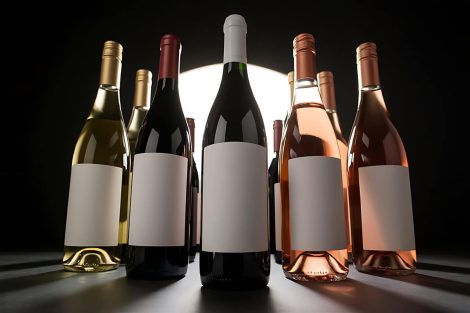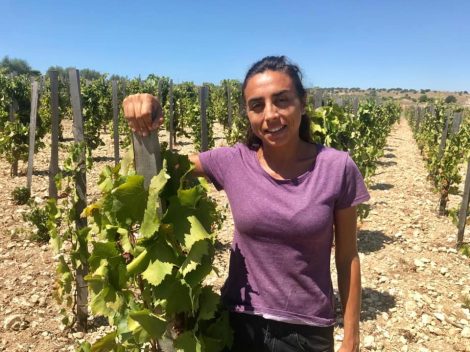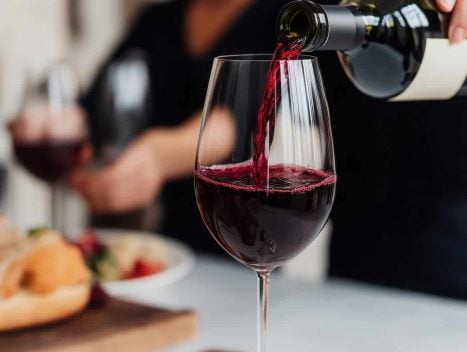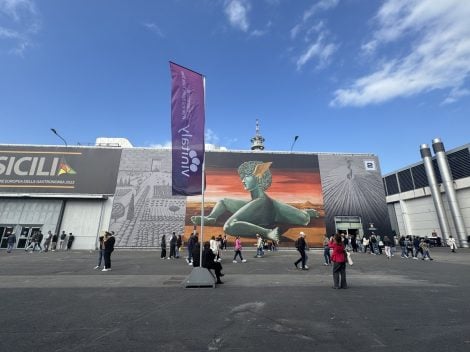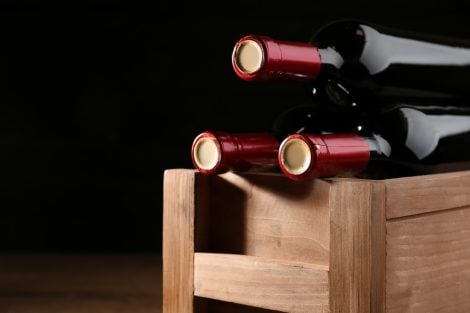While 100 meters below me, known matter is being broken down into its most infinitesimal particles, I’m betting with myself on which Magnum the Indian student will choose. CERN’s R1 restaurant is an "evolved" corporate canteen: three central counters for fresh buffet items, another for desserts, and one exclusively for six types of bread. Surrounding these are counters serving hot meals from the kitchens: first courses, main courses, vegetarian dishes, fried foods. The station with two electric pizza ovens has the longest queue. But the Indian student is at the refrigerator. Calling it a refrigerator is a generous term: inside, neatly arranged, are all the ice creams from the entire Algida catalogue—popsicles, ice cream bars, cones, single portions. Next to the still-student, physicists and engineers from all over the world are debating who will play the first foosball game, which board game to pull from the large cabinet full of boxes at the back of the room, or whether to eat at the canteen tables or on the veranda.
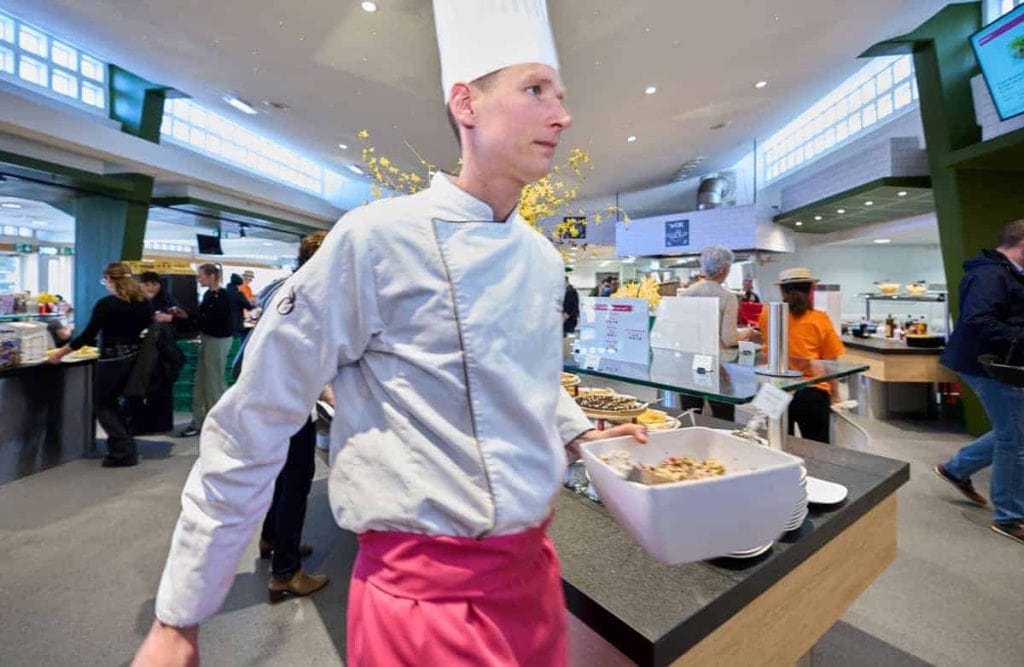
Lunch to the rhythm of ping pong and foosball
The steady rhythm of ping-pong balls provides the backdrop for every conversation. These are people with long days and relentless schedules: meetings with Nobel laureates, research, research, foosball, Dixit, a lemon popsicle, then back to the computer until the dead of night. I think that’s why Nashua has spent five minutes deciding on ice cream. He’s not just picking what to eat; he’s studying how to shape his day. Several more seconds pass, then he raises his arm and opens the fridge door. He brushes his fingers over the white chocolate Magnums, still hesitating, but at the last moment, his fingers spring into action—he grabs a classic Magnum and adds it to his lunch tray. I’ve lost the bet.
Franco hurriedly passes me and smiles, clearly entertained by my curiosity. He motions for me to follow while answering questions in Italian, French, and English from multiple staff members.
CERN’s values and the VIP Area
Franco is the maître d' responsible for the VIP section: three separate rooms where ambassadors, presidents, and directors meet, discuss, and eat. "Two fundamental values here. One is discretion," he says, swinging open the doors to the VIP kitchen, built in a separate wing from the main canteen. "Those who come here need to feel they can trust us. My fellow maître has been in the VIP room for 22 years; guests speak to him on a first-name basis. Second value: hospitality. We know every detail of the needs of those who come here—religious diet, dietary restrictions, preferred flavors, cultural background... follow Jerome, he wants to show you downstairs."
Jerome, head of the food department, kisses his fingers as we pass by the first trays of pizza waiting to be baked, and looks at me: “Magnificent, *n’est-ce pas*?”
Two flights below the kitchens, we reach the fresh produce laboratories: heads of lettuce picked one by one from carts full of vegetables, washed, trimmed, and arranged like parchment around bouquets of carrots, courgettes, bean sprouts, and cucumbers. On long, shiny aluminum tables, they assemble poke bowls, cold rice salads, and German-style potato salads. I dodge the food carts flashing by, appearing and disappearing like in a cartoon, as droplets of water from rocket leaves spray into the air, refreshing and seasoning the lab.
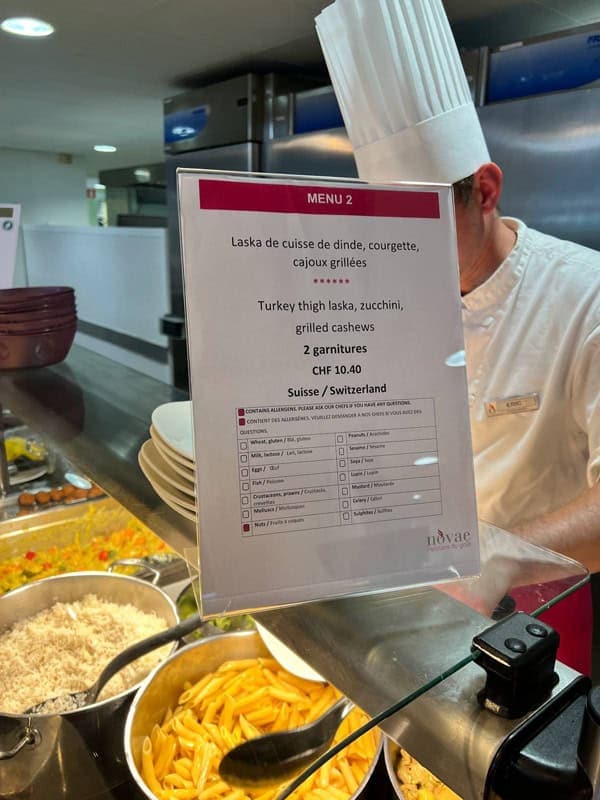
From self-service to the antimatter factory
When the elevator opens on the ground floor near the bar area, the scent of butter and cinnamon envelops us. Jerome is already far ahead, checking cinnamon rolls, croissants, and waffles, arranging CERN-branded Toblerone bars on the checkout shelves. I take pictures of everything, knowing my shaky physics grade in fourth year guarantees I’ll never set foot here again, but as I leave R1, after a couple of turns, I see this large blue sign: “Antimatter Factory.”
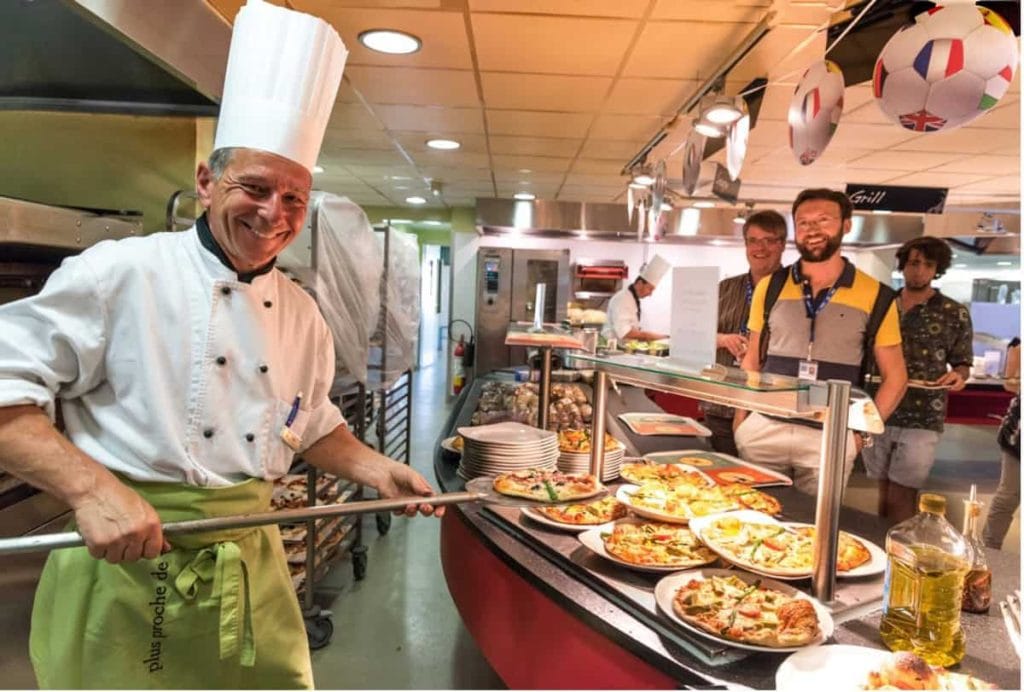
The Pizza dilemma and turnip greens from “Down South”
Someone crossing the drizzling street waves and comes up to me: Nicola Minafra from Bari, a researcher at Kansas University. He’s taken half an hour off to walk with me through the factory, showing me the mechanical circuit where high-energy protons are fired at a lithium target to produce antimatter particles. He didn’t really have half an hour off, of course. “The food here... hmmm. You know French cuisine isn’t for me? Lots of rich sauces with overpowering flavors. If I eat in the canteen, I go for salads—there’s plenty of choice and they’re nicely loaded. It’s convenient: at the buffet, you take whatever you want and they weigh your plate.”
“Do you ever get pizza?”
“I tend to avoid the pizza. But being here has improved my cooking skills, you know? As a Bari native, I miss orecchiette with turnip greens: I make them fresh at home, but they don’t survive even a morning in a Tupperware. If I have to work, I use dried pasta instead.”
“And where do you get the turnip greens?” I ask, as he prepares two coffees.
“Not always, but yes, you can find them in Geneva! Every time I see them around—or when I visit Italy—I stock up and freeze them. Often on weekends, I cook a lot and freeze portions. Baked pasta and lasagna are brilliant for this, too. And focaccia! But that usually doesn’t last.”
The researcher’s ode to Entrecote
As the rain continues to beat on the roof, Nicola pours coffee for me and his colleague, talking to me about pizza, the oven he chose, and how he has flour shipped from home. He gives me stickers, pens, posters, a CERN cap; he regrets that I don’t have more room in my backpack. I say goodbye only when the shuttle driver steps out to remind me—yet again—that we’re late.
Leaving the centre, we head towards the institute’s science hub: the Science Gateway, a project by Renzo Piano, which is open to the public. The flash of smartphones illuminates the exhibits and experiments on display as tourists from all over the world engage with scale models of CERN tests.
Sitting at a table, some children skipping away from her, is Sonia Natale. With conferences all over the world and a CERN researcher, she’s trying to explain to me how the accelerator works with a colorful miniature model.
Sonia doesn’t worry about time, unfazed by questions, telling me about life here. “One of my ‘musts’ during my first years here at CERN was the entrecote! You can have it cooked as you like: bleu, saignant, à point, or bien cuit. And then the coffee: the restaurants are three, but R1 is open 24 hours, making it a great place to stay awake if you’re here overnight. When I moved to CERN, I quickly learned that the name of a dish doesn’t match what you’re used to at home—especially with coffee, which is bigger and less intense.”
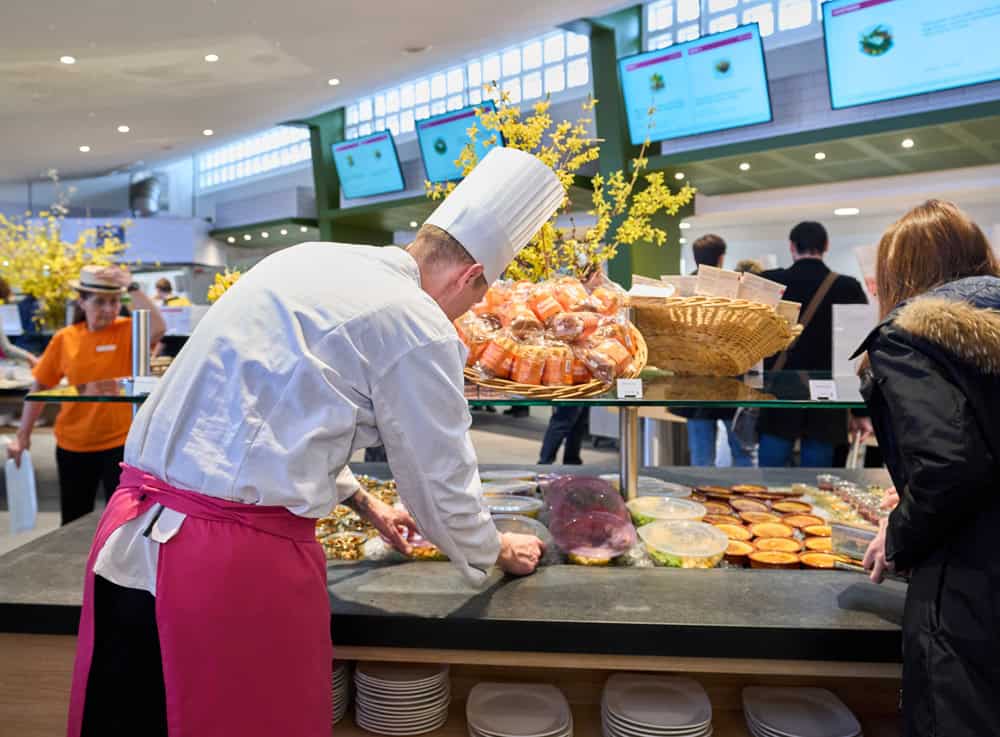
The “Wrong” Carbonara and other imitations
Taking apart and reassembling the model, Sonia switches between food and particle physics. She tells me about home. “There’s no such thing as an espresso here. And carbonara? Often, even in town, it turns into ‘pasta with an omelette’... we Romans understand each other, right?” she elbows me and returns to the model. “Despite all this, I don’t have a negative view. I love to travel and think that deep understanding of a country comes—perhaps especially—through its food and how it’s made. I never expect Italian cuisine when I’m abroad; I tend to choose the typical dishes of where I am—they let me discover. But I still crave maritozzo with cream. And brodetto di pesce alla Vastese… but I make up for it as soon as I’m back in Italy!”
Cheesecake and Macarons: everyone at the Big Bang Café
On the Gateway’s ground floor is the Big Bang Café: slices of red berry cheesecake and vanilla and raspberry macarons are under siege from groups of students, many wearing CERN helmets available as souvenirs. I bought two myself.
Francesco Pinzauti, another researcher, is doing his shift as a guide at the science centre. It’s not mandatory; when a CERN scientist has free time, they can apply to the Gateway team to spend some hours here as a guide. Francesco applied. He walks me to get a chicken curry sandwich, the CURRYosity.
I nibble on it while starting this piece, beginning at the end, with Francesco talking a bit about his work and how he met his girlfriend here. Every now and then, a family or group of students approaches to ask about the experiments on display, and he steps away to take them around. Every human journey, in all its splendid complexity, is uniquely its own; nonetheless, I don’t think the same goes for the stories people live. And especially for how they choose to tell them.
In these labs work scientists who are at once visionary explorers and lost children; humble with a proud humility, as if the vast spaces they probe every day had taught them their human measure. How many physicists, during a self-imposed 16-hour shift, awake at night in R1 sipping hot chocolate with whipped cream, have paused for a moment, looking up. When probing the smallest elements, is that when one first feels the infinite pressure of the immense?


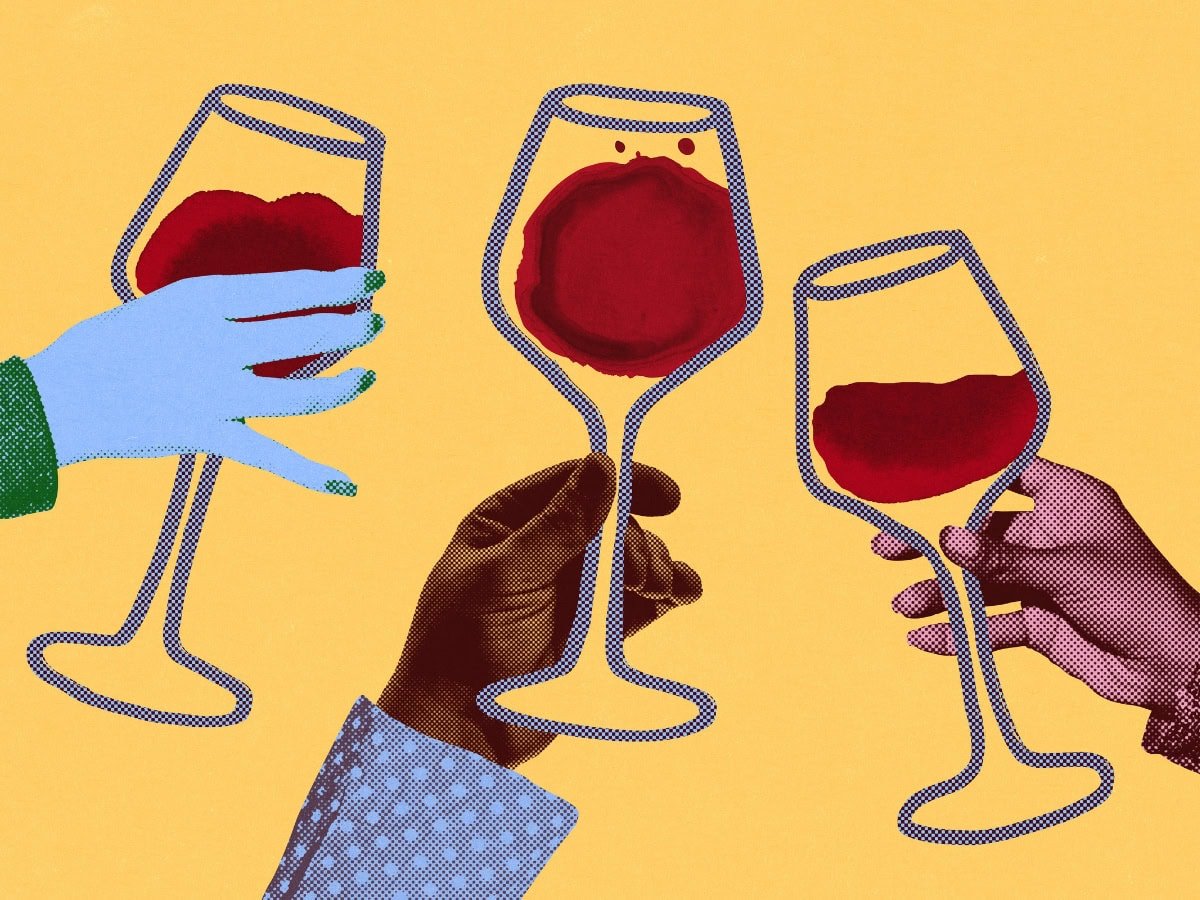 Fewer bottles, more by-the-glass: how to build the wine list of the future
Fewer bottles, more by-the-glass: how to build the wine list of the future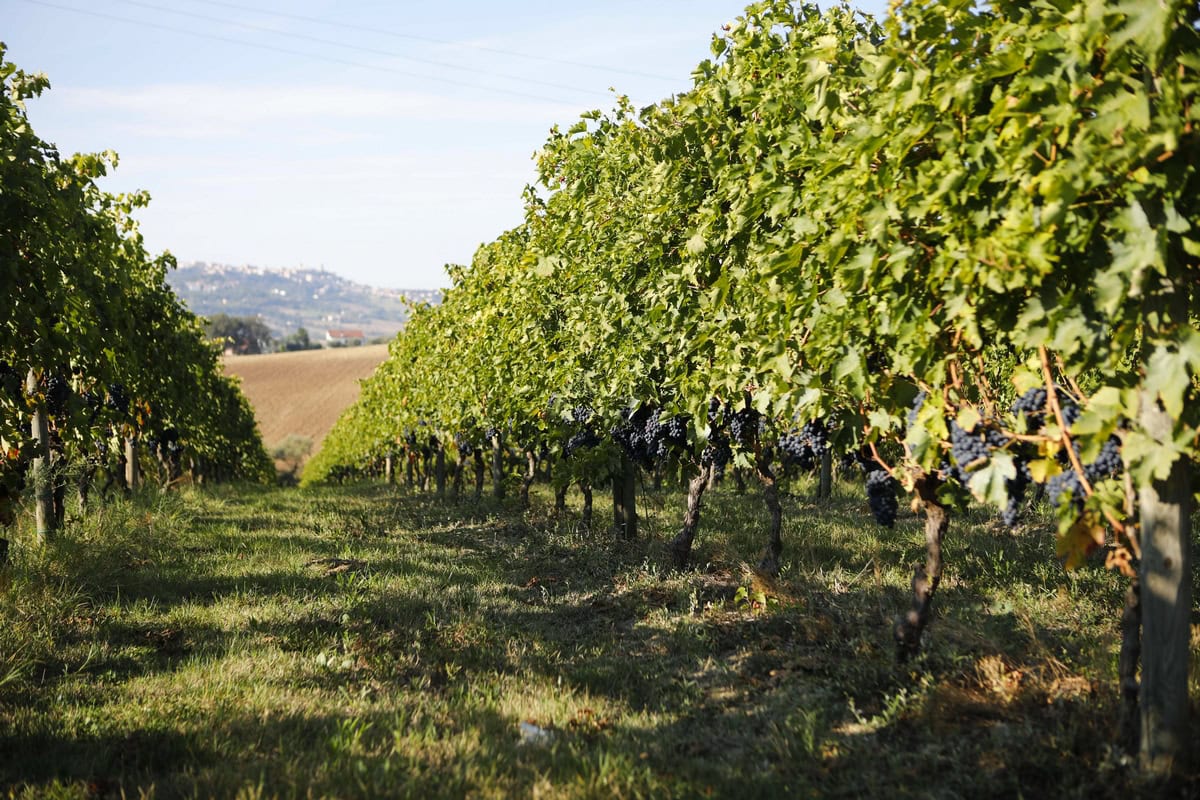 The Moncaro collapse impacts Marche wines. But average price rises
The Moncaro collapse impacts Marche wines. But average price rises Trump’s first trade war cost Americans $27 billion. USDA analysis
Trump’s first trade war cost Americans $27 billion. USDA analysis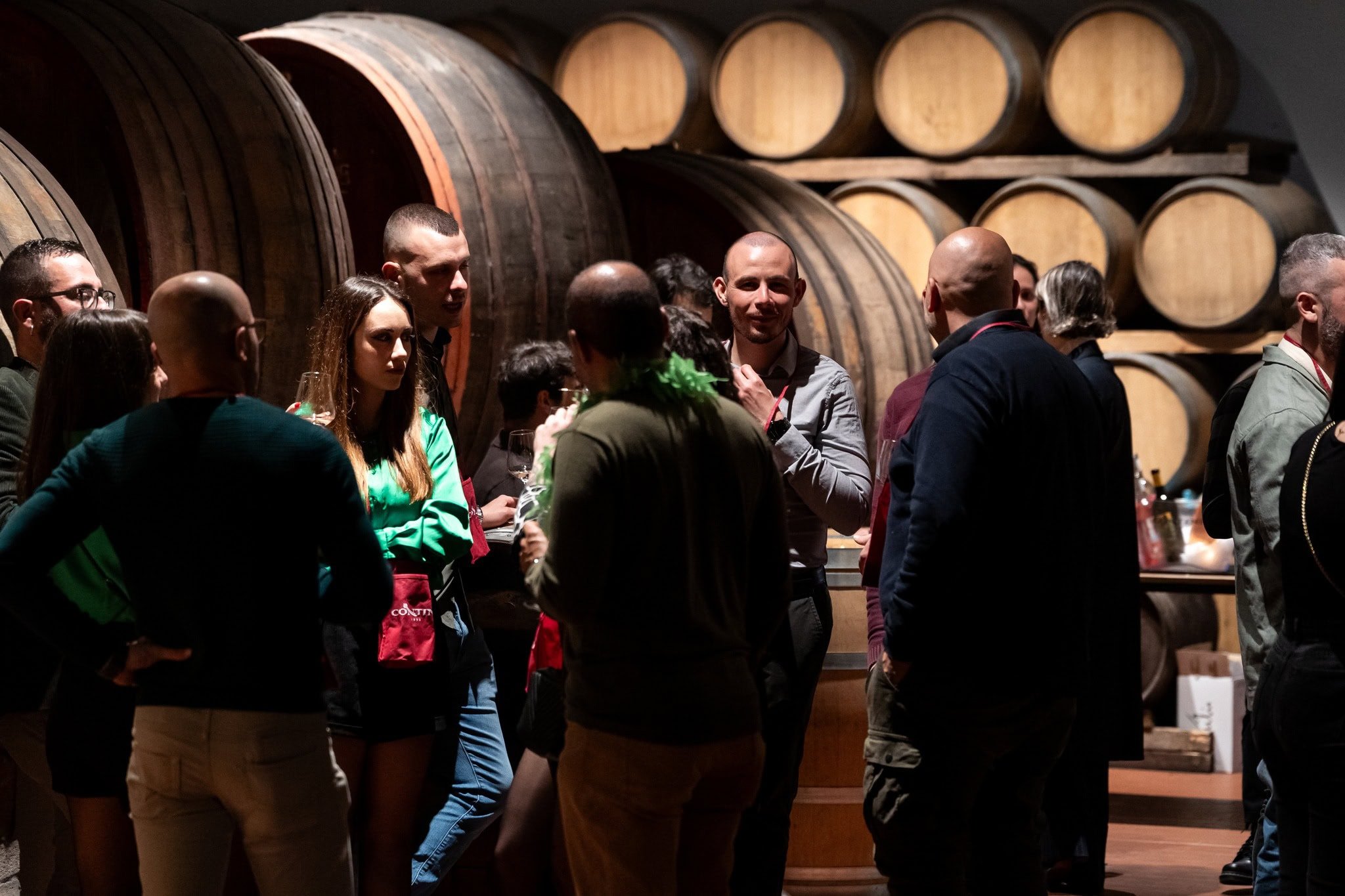 Here are ten Rare Wines you absolutely must try
Here are ten Rare Wines you absolutely must try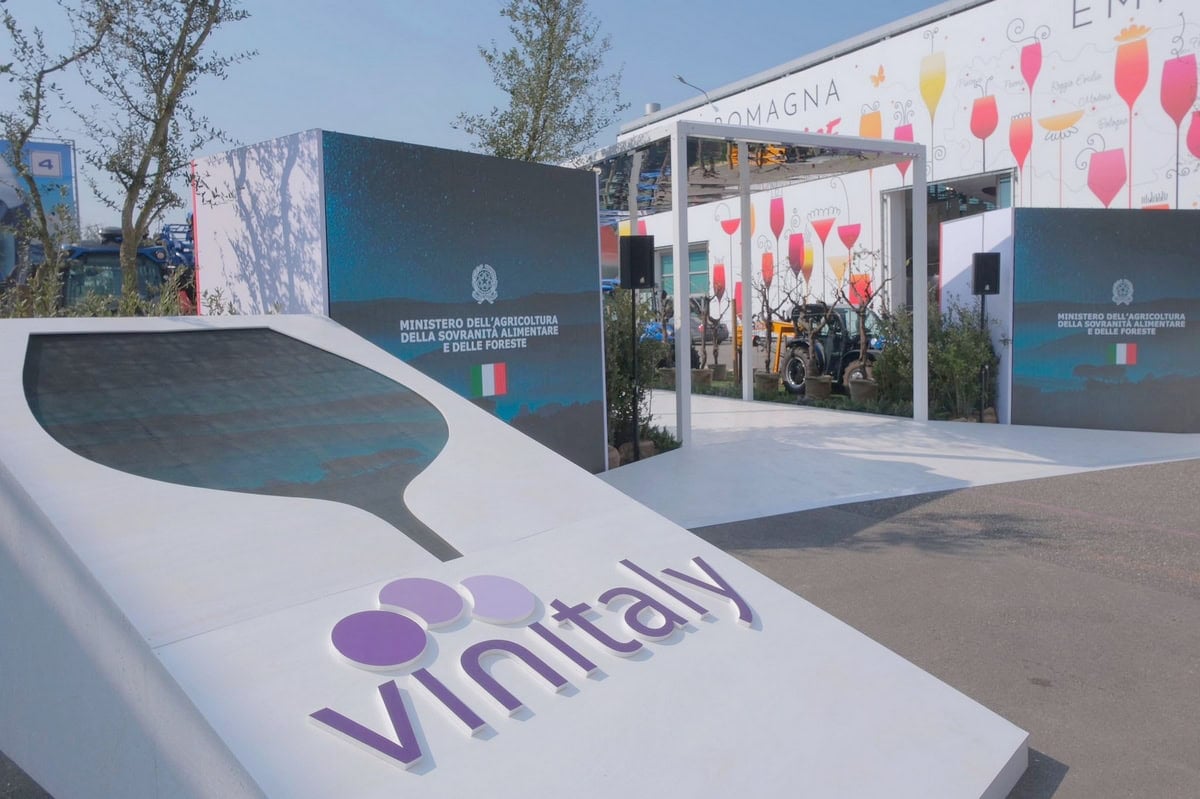 The “Tariff Vinitaly” closes with 97,000 attendees: one third from abroad. See you on 12 April 2026
The “Tariff Vinitaly” closes with 97,000 attendees: one third from abroad. See you on 12 April 2026
